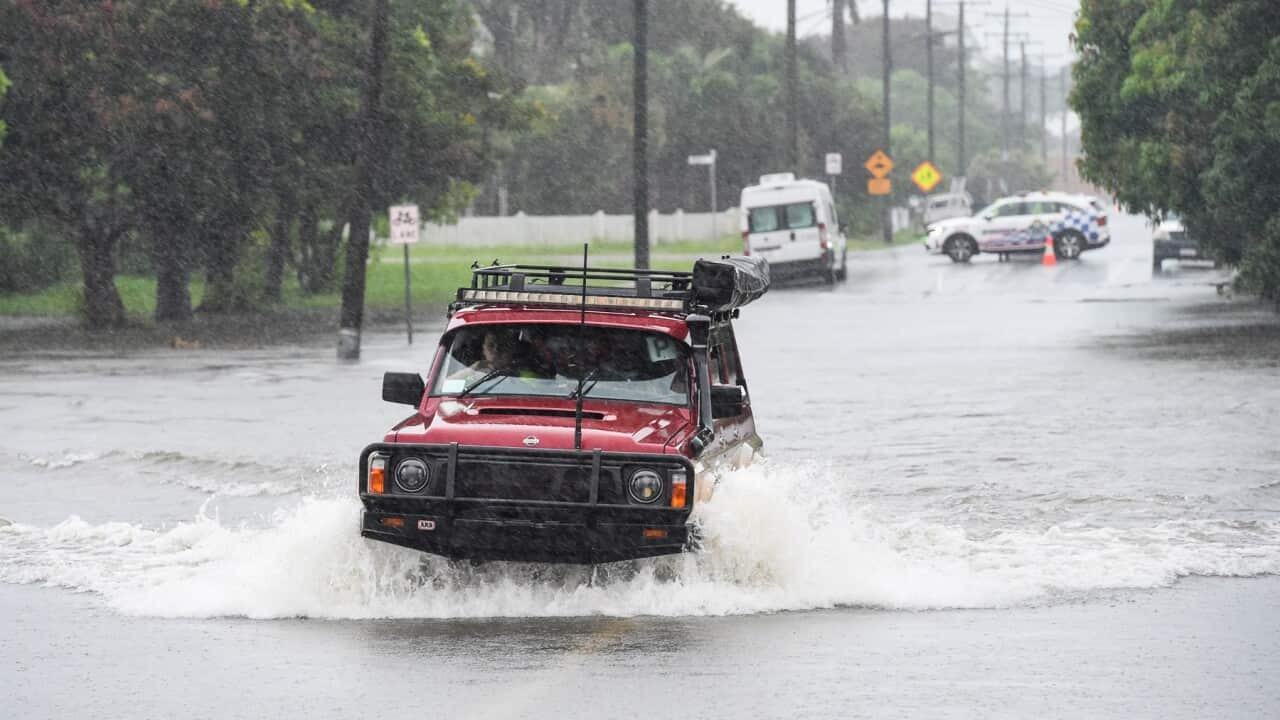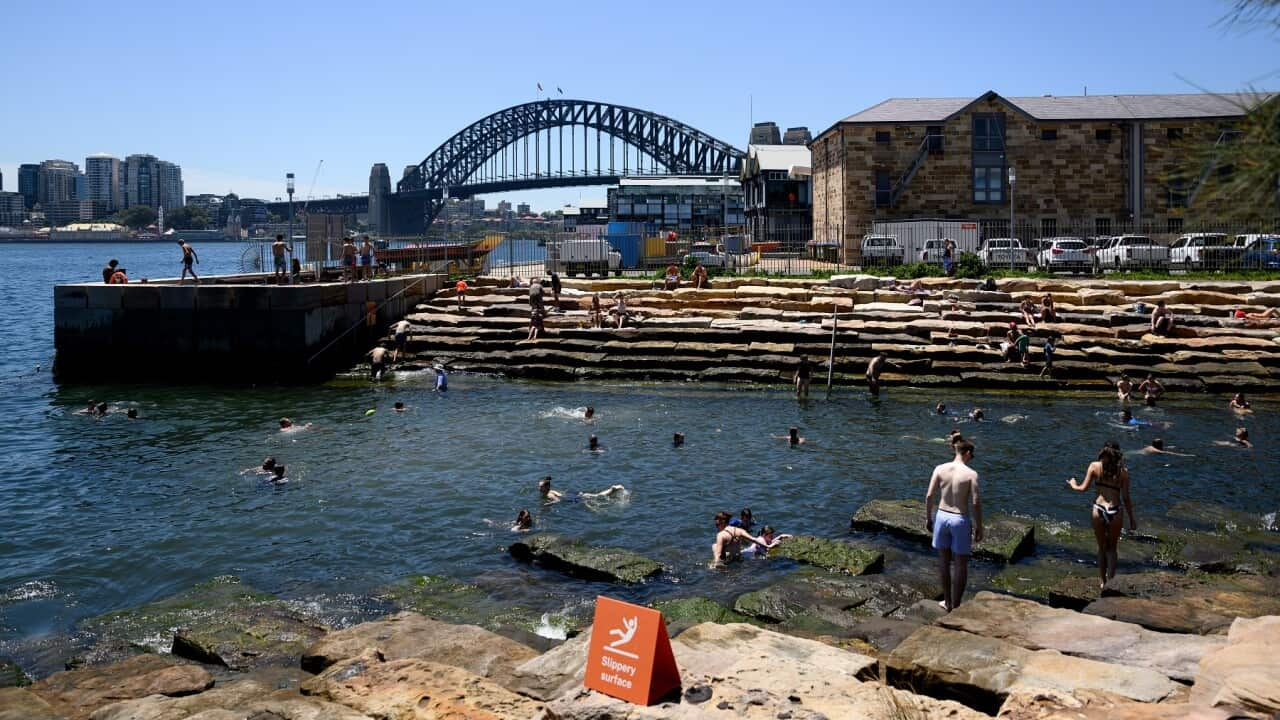TRANSCRIPT:
How can we learn to live with the effects of climate change?
That question was considered at length at the United Nations Climate Change Conference, COP-13, in 2007.
There, the international community came to understand that climate adaptation is just as important as mitigation.
Dr Simon Bradshaw, a fellow with the Climate Council and director at Climate-KIC Australia, explains.
"In responding to climate change, there's really two key tasks. First and most important is we've got to get our greenhouse gas emissions down as fast as possible by moving beyond fossil fuels. That's coal, oil and gas to renewable energy. That's essential to limiting future harms. We're already seeing a real acceleration in the impacts of climate change and worsening fire seasons, more destructive storms and downpours. Now, the second thing we have to do at the same time is adapt and build our resilience and learn to cope with these various impacts."
A year later, in 2008, the federal government initiated the National Climate Change Adaptation Research Facility to develop the knowledge decision-makers needed to effectively adapt Australia to the impacts of climate change.
But its findings are yet to be translated into action.
That lag is reflected in a new report by researchers at Monash University.
It found local action on climate adaptation remains insufficient across tiers of government, with little change over the decade between 2012 to 2022.
Co-author and Adjunct Senior Research Fellow at Green Lab in the Monash Business School, Dr Michael Spencer, says that's despite willingness from vulnerable communities.
He says those who have experienced bushfires, coastal erosion, flooding and drought want to help create adaptation measures.
"The governance structures weren't there, the finance wasn't there, the means of implementation wasn't there. So, in order to actually act on that information, you need to have the capacity to act, you need to have the governance regime at a local level to act, and you need to have access to the funds to actually implement that action."
A second study, by researchers at the University of New South Wales, has found disaster recovery is being delayed by a lack of strategy.
Lead researcher and inaugural Judith Neilson Chair in Architecture at the University of New South Wales, Professor David Sanderson, says top-down bureaucracy has stifled any meaningful effort.
"This is a global evidence truth that the best recovery is as localised as possible. But we have in Australia and elsewhere systems which are largely top down and the sweet spot is supporting recovery of communities rather than, if you like, directing from afar. That's a quick summary of a complex story, but what we've noticed in our research – and again in pretty much every country – local governments are tasked with a lot of the picking up the pieces, if you like, but yet are woefully under-resourced."
He also says short-term solutions are wasteful and rob vulnerable communities of the chance to build resilience in the face of climate change.
"A kneejerk political reaction – it often is to think quick, we need to build temporary housing after a disaster and that's all over the place. But the problem with temporary housing is it's slow, it's expensive, and there's really a plan for what to do afterwards. So, we're arguing that temporary housing, if you build it, is an absolute last resort. There may be arguably a case for it, but a last resort and there must be a plan for its investment in continuation afterwards. There must be a plan for its investment in continuation afterwards so it's a valuable asset to the community."
The shortfall in strategy has also accelerated cost-of-living pressures.
The Treasury's Intergenerational Report pointed to the escalating costs of natural disasters borne by taxpayers, which reached $7 billion in 2022.
Dr Spencer says those higher costs are reflected in insurance policies and in other ways that are less immediately detectable.
"Natural disasters, which have a very dramatic impacts and you're seeing the impact of that in your insurance policies. In the last quarterly CPI, insurance was one of the biggest areas of increase in terms of cost of living. But the slow burn is in things like health and mental health, and we tend to not take as much notice of those areas because they're very slow, but cumulatively they can be just as severe if not more severe than the natural disaster impact."
A 2023 Climate Trauma study by the Climate Council found 80 per cent of Australians experienced some form of disaster at least once since 2019.
One reason for that, Dr Bradshaw says, is houses are being zoned and built in high-risk areas.
"It's fair to say that updates to planning regulations have just not kept up with the increasing impacts of climate change, be that flood risk or be that fire risk. Now, we have seen some improvements here, some re-zoning, some restrictions on building in particularly flood prone areas. But we do still have new developments being built on flood plains and we still have an enormous number of our houses built in places where people are inevitably going to face real difficulty in future."
While stressing urgency, Dr Spencer says the way adaption efforts are approached needs to be more holistic, pointing to what he calls "district modelling".
"Climate impacts don't respect jurisdiction. They will cross jurisdictions of local government, they'll involve the catchment management authority, they'll involve the chamber of commerce. So, the challenge is to cross jurisdictional boundaries, but also institutional silos. In Australia and in many other parts of the world, we tend to put responsibility for adaptation into our silos but we need to see it as an integrated whole. So the first thing is how we bring all those different players together in order to deal with it."
Dr Bradshaw says the only way forward is to listen to those on the front lines of the climate crisis.
"These impacts aren't felt equally, and we need to have a mind to those who were particularly exposed and vulnerable in our community. It was a few years ago on Masig Island and the Torres Strait Islands where we saw that communities there were working with almost no external support to hold back the coastal erosion using old tires and pallets, anything at their disposal and have been trying so hard to get additional resources to protect their islands and their millennia-old connection to place there. We need to be really listening to and looking out for those on the front lines of this crisis."
The Federal Government will deliver its now-overdue new National Climate Risk Assessment and National Adaptation Plan after the election.
It had been due to be released last December 2024.













